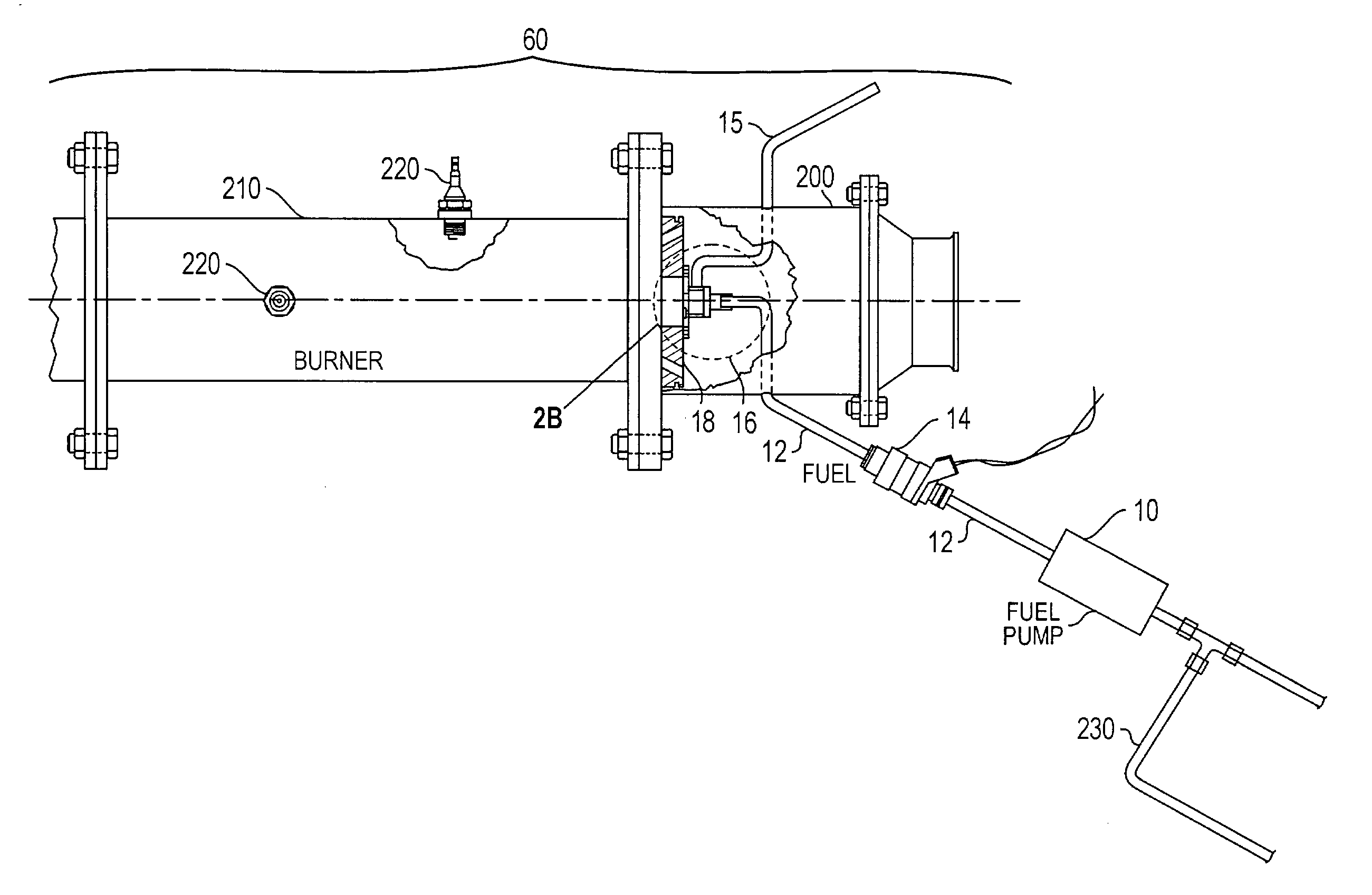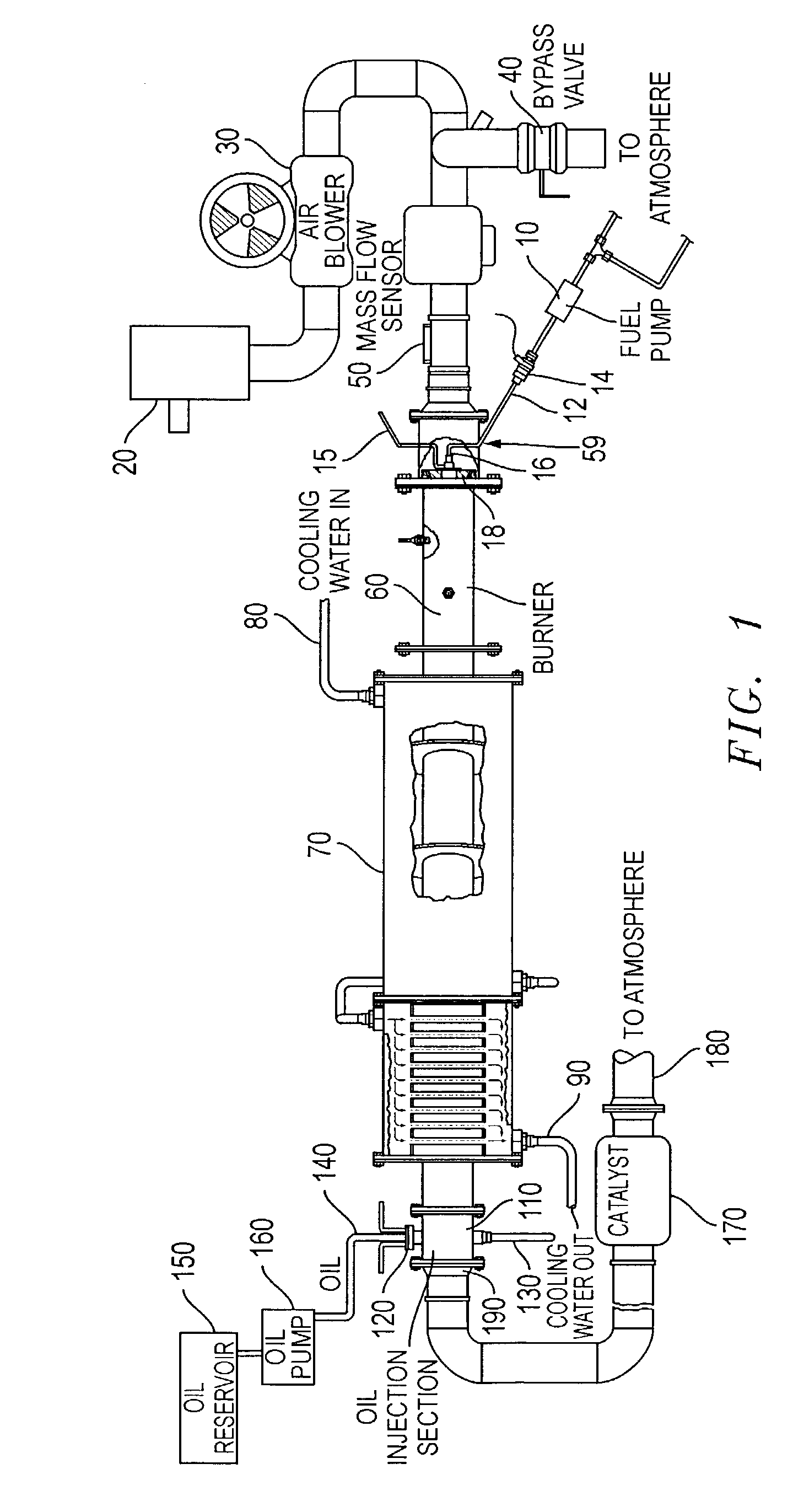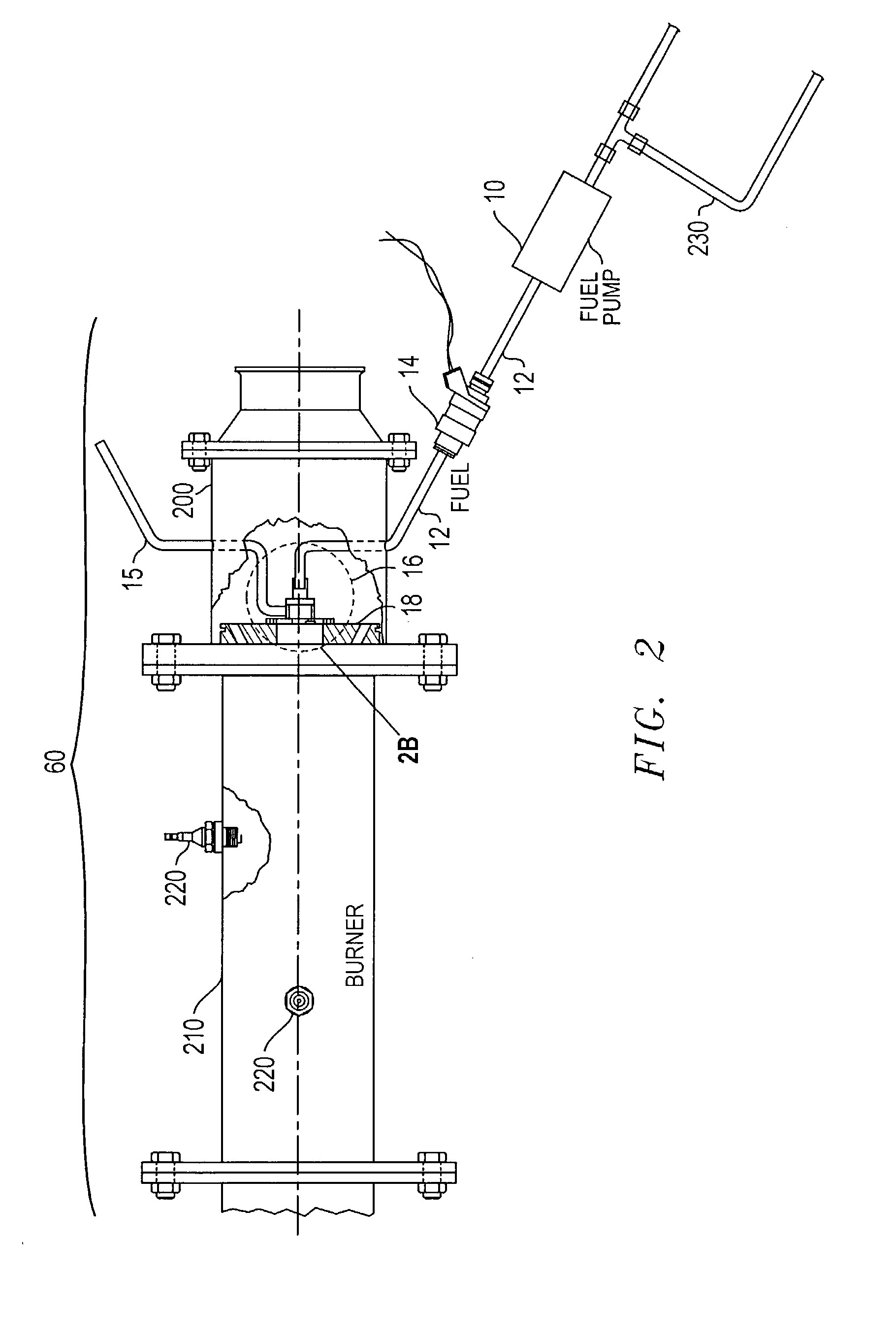Method for accelerated aging of catalytic converters incorporating engine cold start simulation
a technology of catalytic converter and cold start, which is applied in the direction of combustion control, separation processes, instruments, etc., can solve the problems of severe demands on catalytic converters and other exhaust emissions control devices, catalytic converters now required to have a longer useful life, and catalytic converters lose efficiency primarily by two mechanisms, so as to achieve continuous and effective stoichiometric combustion
- Summary
- Abstract
- Description
- Claims
- Application Information
AI Technical Summary
Benefits of technology
Problems solved by technology
Method used
Image
Examples
Embodiment Construction
[0052] A study was performed to develop and demonstrate a preliminary catalyst oil-poisoning aging and screening procedure to evaluate and differentiate the effect of oils with varying levels of phosphorus on catalyst performance.
[0053] There were four main parts to the initial study. The first part was to develop an aging cycle that included a variety of operating modes, including a cold-start simulation. The second part was to age several catalysts using this cycle and two oils that have field proven performance differences [SAE 961898]. In the third part, the performance of each FOCAS.RTM. aged catalyst was evaluated to assess the impact of the two oils. The fourth part was to analyze the mass distribution and ratio of the oil deposits of the aged catalysts, and to compare those distributions to the field aged catalysts. Four catalysts and two oils were aged to 280 hours with 7.57 L of oil, and 560 hours with 15.6 L of oil. The performance results of each catalyst and the mass di...
PUM
 Login to View More
Login to View More Abstract
Description
Claims
Application Information
 Login to View More
Login to View More - R&D
- Intellectual Property
- Life Sciences
- Materials
- Tech Scout
- Unparalleled Data Quality
- Higher Quality Content
- 60% Fewer Hallucinations
Browse by: Latest US Patents, China's latest patents, Technical Efficacy Thesaurus, Application Domain, Technology Topic, Popular Technical Reports.
© 2025 PatSnap. All rights reserved.Legal|Privacy policy|Modern Slavery Act Transparency Statement|Sitemap|About US| Contact US: help@patsnap.com



